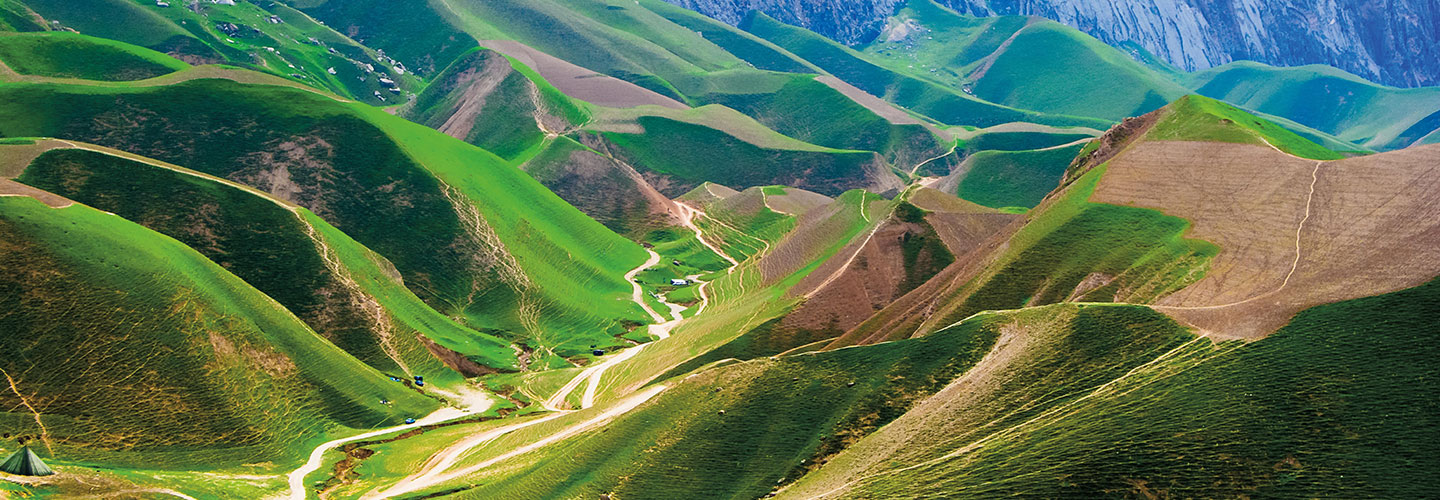About 2,000 years ago, traders from East Asia made their way west carrying shimmering fabrics, magnificent jewels, and exotic spices. At the same time, merchants from Europe and the Middle East headed toward China with gold, silver, and other unique wonders of their own.
Many of those traders braved treacherous conditions. They endured blinding sandstorms, scaled snow-covered mountains, and faced bands of thieves—all to trade their goods along a 4,000-mile-long route called the Silk Road.

